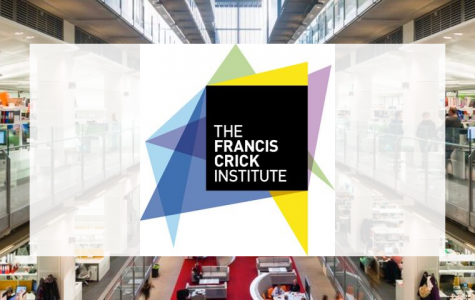
28 October 2019
We are pleased to announce our latest client case study with The Francis Crick Institute.
At the end of 2018, the Digital Science portfolio companies Symplectic and Figshare partnered with the Francis Crick Institute to enhance the way they manage, store and openly share publications. In this newest case study, the Crick Institute outlines their reasons for selecting Symplectic Elements and Figshare.
The combined research information management system allows the Crick Institute to:
- Monitor their publications better
- Capture manuscripts earlier to add acknowledgements of grants and all Crick staff contributions
- Get a repository that handles both papers and data for open research
“We wanted to ensure that we were addressing the needs and expectations of a bigger and more complex institute. We also wanted to make sure that we were maximising the opportunities to make our research open.” – Frank Norman, Head of LIS
When deciding on a system to meet their needs, the selection team at the Crick Institute were focused on using technology to empower its researchers to have richer research profiles and to make it easier for them to publish their papers and data Open Access.
“We wanted to offer self-service profile generation so the researchers could easily go in and update their own profiles and publications…”
They were also in need of a proven system – which Elements was able to provide.
“Elements is a mature product and two of our partner universities are using it. Coming to our first CRIS project we wanted to be sure that the people helping us to install the system really knew what they were doing.”
As one of the first organisations in the UK to launch Figshare as an all-in-one institutional repository – supporting publications and research data – the Crick Institute is enabling its researchers to store and share their outputs with the wider community.
“We like that Figshare can handle multiple types of material. We also felt we were breaking ground by being one of the first institutions in the UK to adopt Figshare as a publications repository.”
The new system is also helping the Crick LIS team to add all contributors and acknowledgments to publications at the earliest possible stage. Patti Biggs, Information Services Specialist in the LIS team says “At the moment, we are dealing with the publications part by capturing all of researchers’ publications and linking them to their authors and contributors affiliated to the Crick.”
The next phase of the project will involve linking individual publications to their grants. In the coming months the Crick Institute will begin to monitor their impact of implementing Figshare and Symplectic Elements. The final page of the case study highlights how the Crick Institute plans to measure the success of the system.